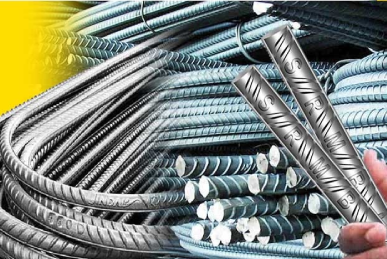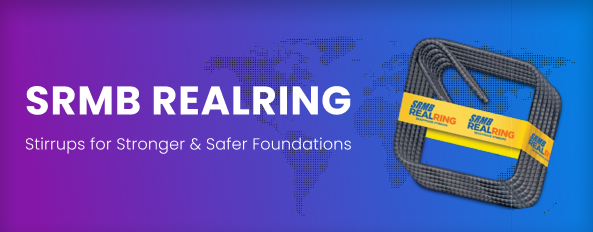All that You Need to Know About Load Bearing Masonry and Frame Structural Walls
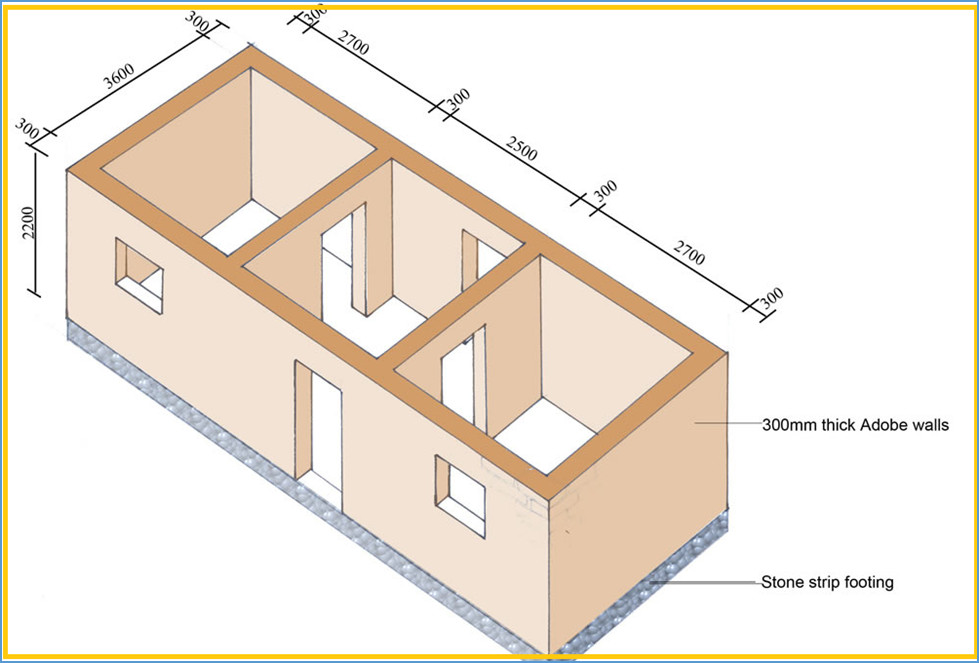
All that You Need to Know About Load Bearing Masonry and Frame Structural Walls
TMT Bars
| 30 August 2022
30 August 2022
Subsequent to building the sump, the following stage is to begin the uncovering for the establishment. Prior to beginning the establishment of your home, you more likely than not chose the construction framework that you need to receive.
There are two strategies for developing houses, the heap bearing-divider framework and the section pillar outline structure framework. Both these frameworks have been clarified here with preferences and disservices:
Burden bearing divider structure: is perhaps the soonest type of construction. Raising the house, divider over divider and floor over floor, has been the most well-known technique everywhere throughout the world. In this framework, the heap is upheld and moved to the establishment through the masonry dividers and there are no solid basic components, similar to sections or bars to help the heap. Consequently, the dividers must be sufficient for the reason and are typically 9 inches or more in thickness.
Casing structure: also known as section bar structure has a mix of shafts and segments to help and move the heap. The rooftop load lies on the shafts, the pillars move the heap to the segments, which thusly move the heap to the establishment. In this framework, the masonry dividers are not exposed to any heap thus, the inside format is adaptable and can be changed whenever. The dividers can be more slender as well, along these lines expanding the rug territory. Casing structures are desirable over burden bearing divider structure in the construction of enormous and multi-story structures.
Seismic tremor safe: Most individuals feel that having numerous segments is a surefire wagered against quakes. For auxiliary strength against seismic tremors, section shafts are insufficient, different components, for example, corner stiffeners, inclining supporting and even ties must be fused subsequent to planning the structure. If such issues are not sufficiently tended to, a confined structure will undoubtedly break or breakdown as much as a walled building would in case of a solid quake.
Cost decrease because of more slender dividers: The extra expenses of the solid parts nullify the masonry reserve funds. Also flimsy dividers permit sound and water leakage and subsequently should be satisfactorily water-sealed which adds to the expense. Furthermore, dividers and pillars in confined structures require impeccable arrangement and legitimate intersection between the different materials, which implies talented work and subsequently more expense.
Speed of Construction: The speed of construction is a factor in multi-story structures but is insignificant for houses, where time spared by raising sections is unimportant, considering the time expended in completing the whole house.
Include more floors: Most houses don't surpass 3 stories and won't get permission for additional floors. A three story building can be manufactured utilizing load-bearing dividers. But individuals erroneously accept or are made to accept by experts and market forces that a section pillar structure is vital for steadiness in structures with more than one story.
RCC structural framed house is much better than a load bearing house. Because a load bearing structure gives its load to the foundations through the masonry walls while RCC framed structure gives its load to the foundation through columns and beams. In a load bearing structure the walls cannot be removed. If we will do the same it leads to collapse of the entire building. In this mean while the RCC structure consists of roof slabs, beams and columns stand on its own frame. This has its own strength and stability whether walls can be built or removed without any problem, interior layout can be flexible and changes also possible.
Find the best TMT Manufacturer in India and inquiry now!
Popular Blogs

TMT Bars
Buy TMT Steel Online: Why SRMB Is the Trusted Choice
 19 Jul 25
19 Jul 25
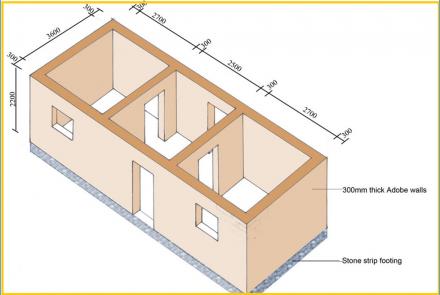
TMT Bars
All that You Need to Know About Load Bearing Masonry and Frame Structural Walls
 30 Aug 22
30 Aug 22

TMT Bars
5 Tips to Save Construction Costs in 2022
 10 Aug 22
10 Aug 22
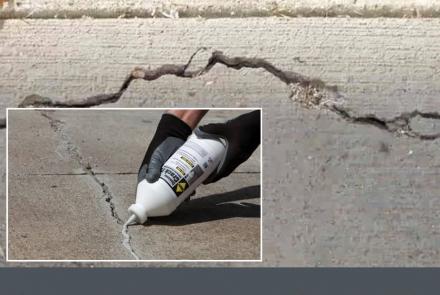
TMT Bars
Reasons for concrete crack and methods to avoid it
 10 Aug 22
10 Aug 22
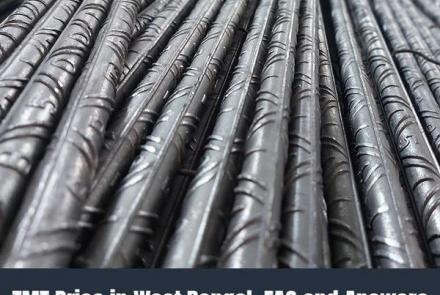
TMT Bars
TMT Price in West Bengal: FAQ and Answers
 24 Jun 22
24 Jun 22

TMT Bars
5 Tips to 'Go Green' on Your Next Construction Project
 18 Jun 22
18 Jun 22
